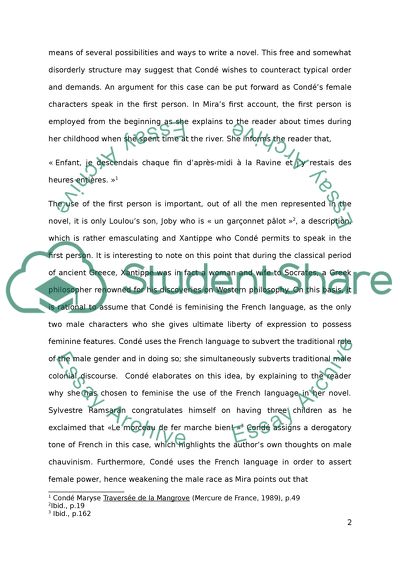Cite this document
(“French Novels Book Report/Review Example | Topics and Well Written Essays - 3750 words”, n.d.)
Retrieved from https://studentshare.org/literature/1501850-french-novels
Retrieved from https://studentshare.org/literature/1501850-french-novels
(French Novels Book Report/Review Example | Topics and Well Written Essays - 3750 Words)
https://studentshare.org/literature/1501850-french-novels.
https://studentshare.org/literature/1501850-french-novels.
“French Novels Book Report/Review Example | Topics and Well Written Essays - 3750 Words”, n.d. https://studentshare.org/literature/1501850-french-novels.


